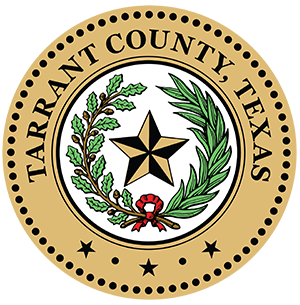Living Green
To fully understand many of the "going green" concepts, one must first learn the guiding principles of the Three R’s.
These three key principals --Reduce, Reuse and Recycle-- are terms used to describe three ways one can help produce less waste. The Three R’s are also important ways to go green and live green. Going green and living green means changing our lifestyles to protect the environment in ways that also protect our health.
Reduce the amount of waste you produce. It simply means throwing away less. Limiting consumption of products and reducing or preventing waste lowers the amount of greenhouse gases emitted to the environment during resource extraction, manufacturing, trash burning and decomposition of trash in landfills. This involves the purchasing of long-lasting goods that come in minimal packaging. Since reduction prevents the production of waste in the first place, it is the most preferable method of waste management in the long-term. Reduce can also mean limiting unhealthful exposures to harmful chemicals by using environmental friendly alternatives.
Reuse old items; donate to the unfortunate, repair if broken. Waste can also be reduced by reusing old items. This includes repairing them, donating them to charity groups or using them in a different way. For example, most electrical products can be repaired by replacing the necessary parts and old bottles can be used as homemade plant pots.
Recycle as much as possible; buy recycled products to support recycling. Recycling can be considered a breakthrough in waste reduction strategy. It turns materials, which would otherwise become waste, into valuable materials. By recycling, we can conserve resources for our children's future and reduce the need for new landfills and incinerators. The recycling process also involves energy conservation through the collection of recyclable materials, sorting and processing them into raw materials and manufacturing them into new products.

 TARRANT COUNTY, TX
TARRANT COUNTY, TX

 Environmental Health
Environmental Health